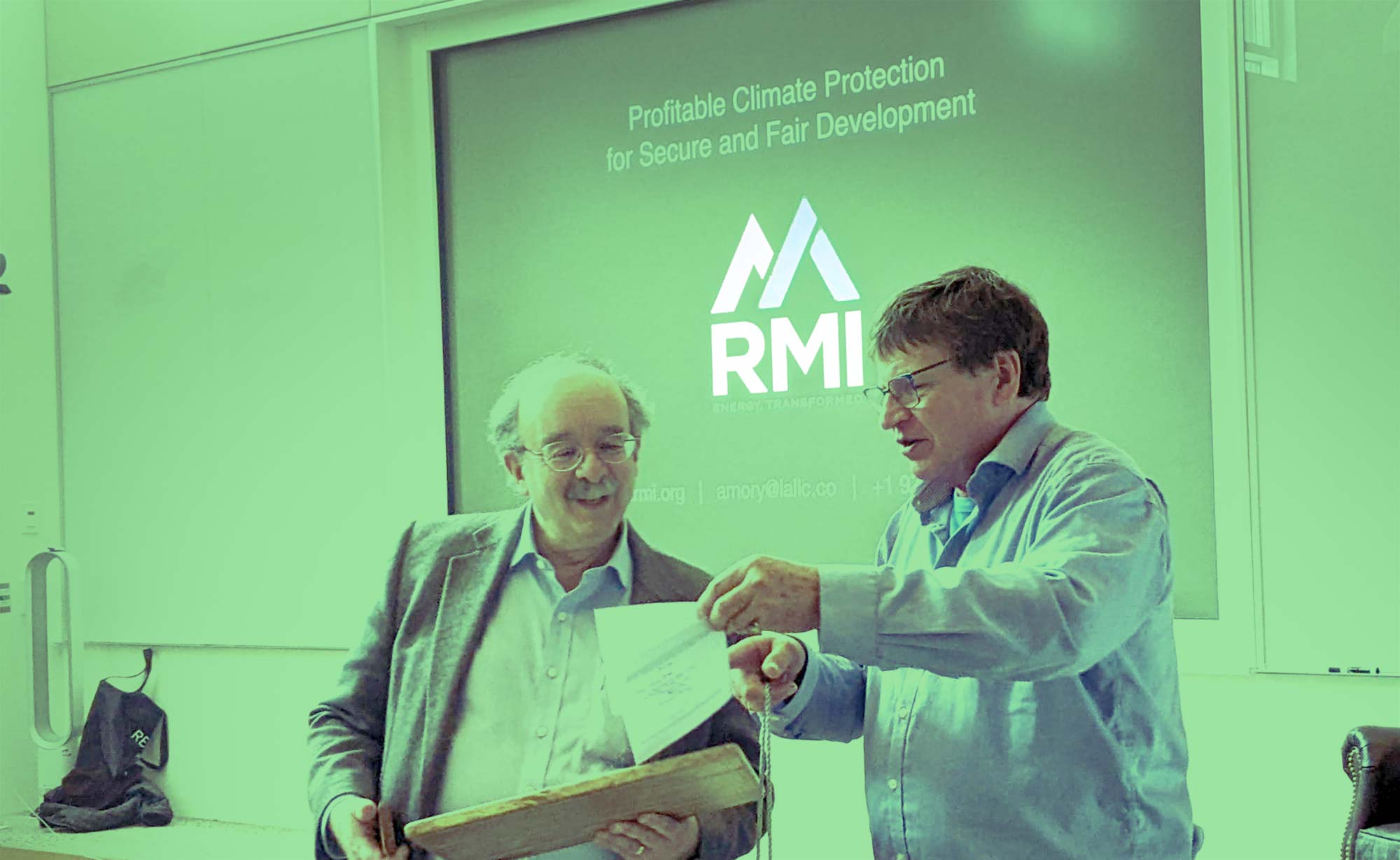The Black family has a rich history as custodians of the environment and disruptive innovators in the timber industry, stretching back well over a century.
The Black family has a rich history as custodians of the environment and disruptive innovators in the timber industry, stretching back well over a century.
Today, led by Lignor Ltd CEO Graeme Black, it continues to focus on technical innovation, with sustainability at the core of its mission.
A history of achievement
In the late 1980s, the Black family set up the first independent silvicultural, environmental and aboriginal accreditation for Australia’s largest privately owned Red Gum forest of 17,000 ha on Yanga Station in the Western Riverina district of NSW.
This was six years before the Forest Stewardship Council (FSC) was established in 1993. The family sold Yanga Station to National Parks in 2005 to safeguard its fragile ecosystem and rich cultural heritage.
Pictured is the late Bes Murray, standing next to a protected Canoe Tree. As Overseer of Yanga Station, then Assistant Manager and finally Heritage Coordinator of Yanga, he has been described as the common link between the past, the present and the future of European and Indigenous Australia.
His biography ‘Best of Two Worlds’ by Claire Gibson, published 2016 is available online or in print.


This 1850 illustration highlights how the regular flooding of the Yanga river country has grown the cover of Red Gum trees when compared to the 2023 photo above. Observe how the trees have grown with regular flooding augmented by weirs and levee banks as Sir John Monash †1931 advocated in the early 1900s. Sir John was a renowned engineer before becoming a successful WW1 General.
The Black family’s Craigpine Timber Ltd was founded in 1923 and successfully owned and operated by the family for almost a century until it was sold to competitor Niagara Sawmills in 2020. Over the years, it had grown to export professionally managed sustainable certified pine to more than 22 countries, including Norway, Estonia, Latvia and other European countries.
In the late 1970s, the family was a significant shareholder in the first plant in New Zealand to produce the market-disrupting product, MDF. In the early 1980s, ownership of the plant and its value-adding technology was transferred to Carter Holt Harvey.
In 1987, Craigpine Timber voluntarily stopped milling native forest, well before it was protected by law. And in 1997, it became the first entity in Australasia to receive FSC (Forest Stewardship Council) accreditation, just four years after the FSC itself was established. In the same year, it received the TradeNZ award for its contribution to the New Zealand economy.
In 2007, the Black Family’s Simmonds Lumber Pty Ltd and its timber auditors were the first timber company in the world to use DNA profiling to prove the popular tropical hardwood Merbau from Indonesia was harvested from legal sources. Audited by Certisource/Double Helix Tracking Technologies, the use of this technology has expanded hugely in the last 16 years. Double Helix is currently working on other species in other continents, with major international clients.
DNA Timber®, DNA Lumber® DNA Wood® and DNA Merbau® trademarks were all Simmonds’ registered trademarks. The technology has been commended by WWF and endorsed by Greenpeace for its innovation and contribution to combatting illegal timber.
Today, Simmonds Lumber continues to be one of Australia’s leading independent wholesalers and distributors of timber products with branches in Sydney, Melbourne, Brisbane, Auckland and Indonesia.
Further Reading:
U.S Department of Justice > Sentences Hardwood Importer US$13Mil.
Lignor Ltd
![]() Lignor Ltd was established in 2000 by Graham Coultard and Peter Burton to produce innovative stranded timber products from juvenile eucalyptus hardwood. The Blacks became shareholders in 2003 and Graeme is the current CEO.
Lignor Ltd was established in 2000 by Graham Coultard and Peter Burton to produce innovative stranded timber products from juvenile eucalyptus hardwood. The Blacks became shareholders in 2003 and Graeme is the current CEO.
Lignor’s stranded wood products continue the Black family tradition of environmental stewardship by transitioning the use of fast growing certified trees from products with a short life cycle in the pulp and paper industry, to built structures that can store carbon for 50-100 years.
Its mission is to provide more sustainable ways to build by wisely using resources that are currently underutilised to help abate climate change and benefit the environment for the next generation.
The Original Fauna & Flora Pioneer

Sir David Attenborough receiving a coaster made using Lignor’s patented ESB® from Graeme Black, CEO of Lignor. This ESB® had been tested by Maersk as a container board substitute for traditional tropical rainforest container floors. | • Photo Credit: Fauna & Flora, Gill Shaw Photography.
Visit Fauna & Flora






